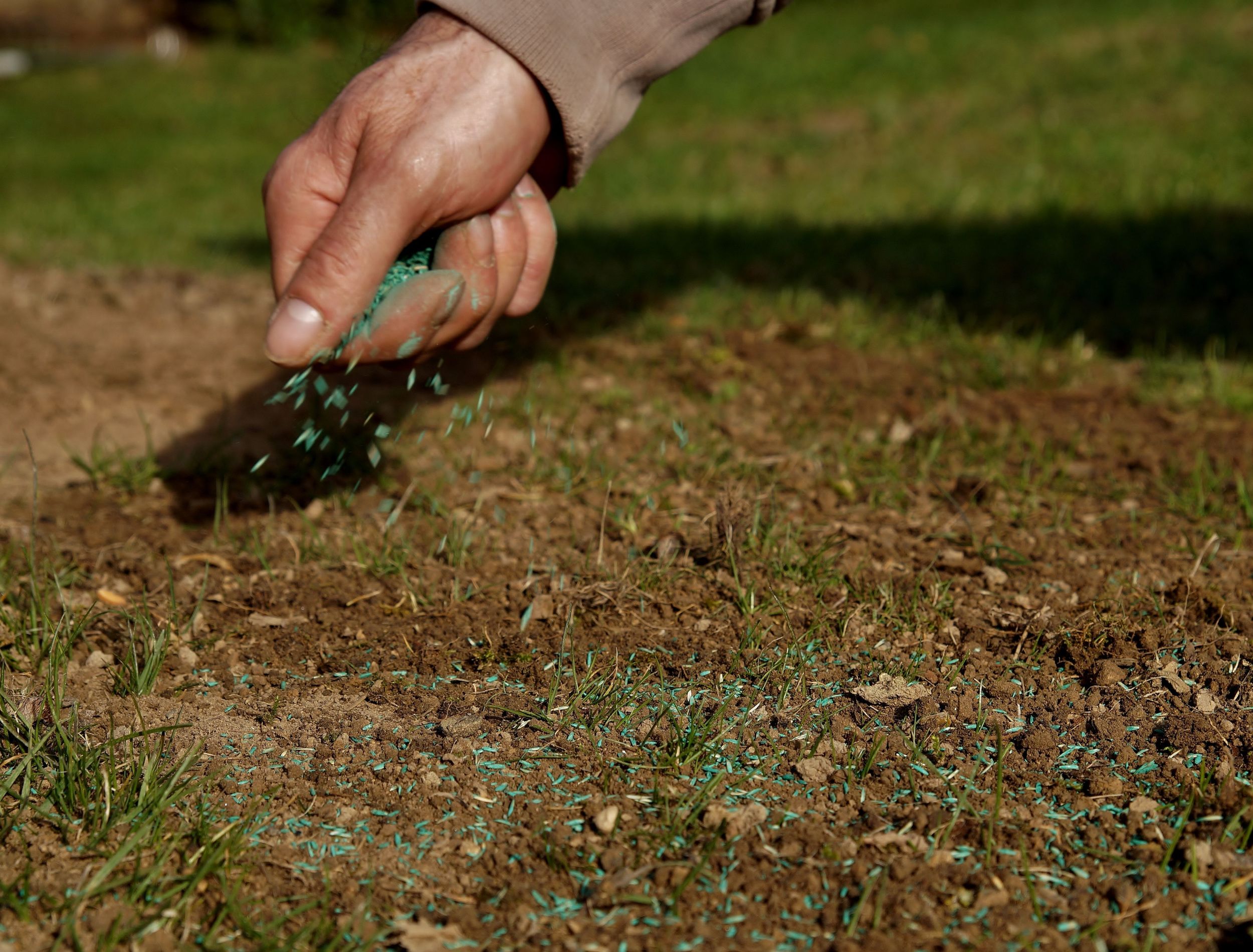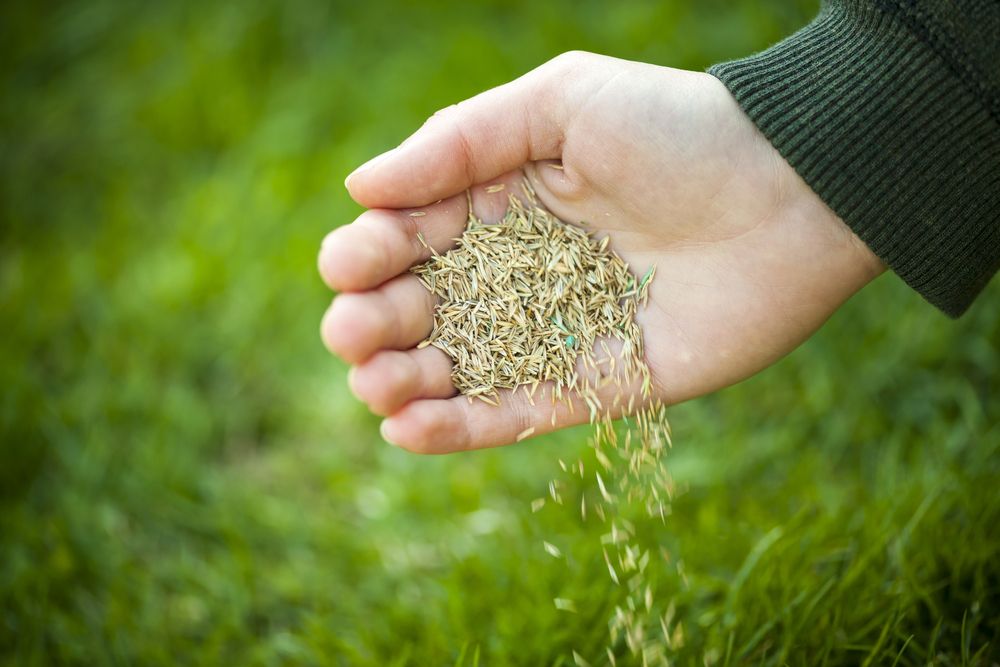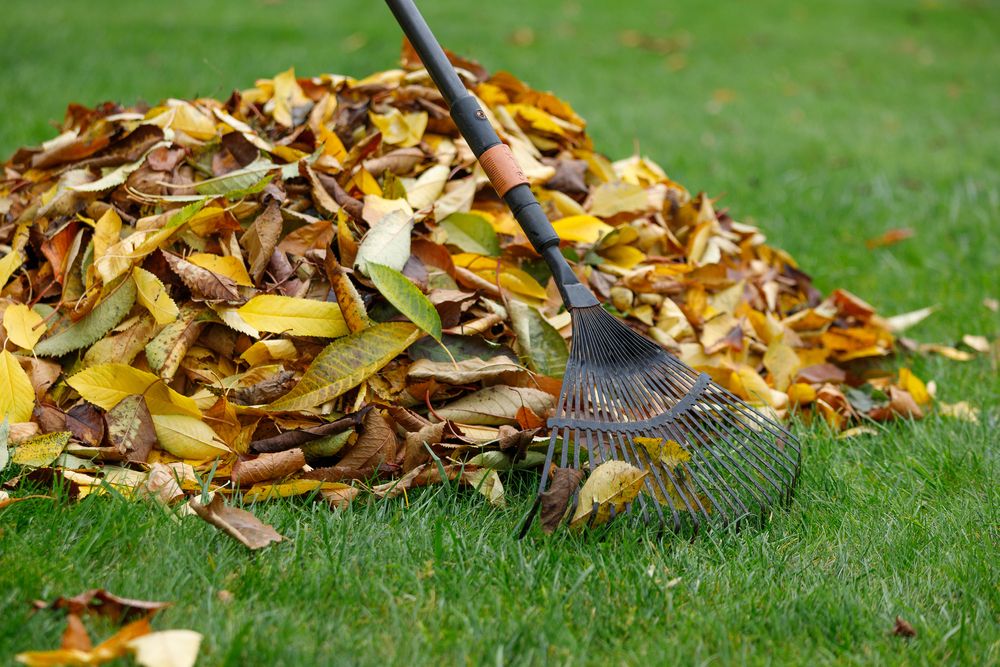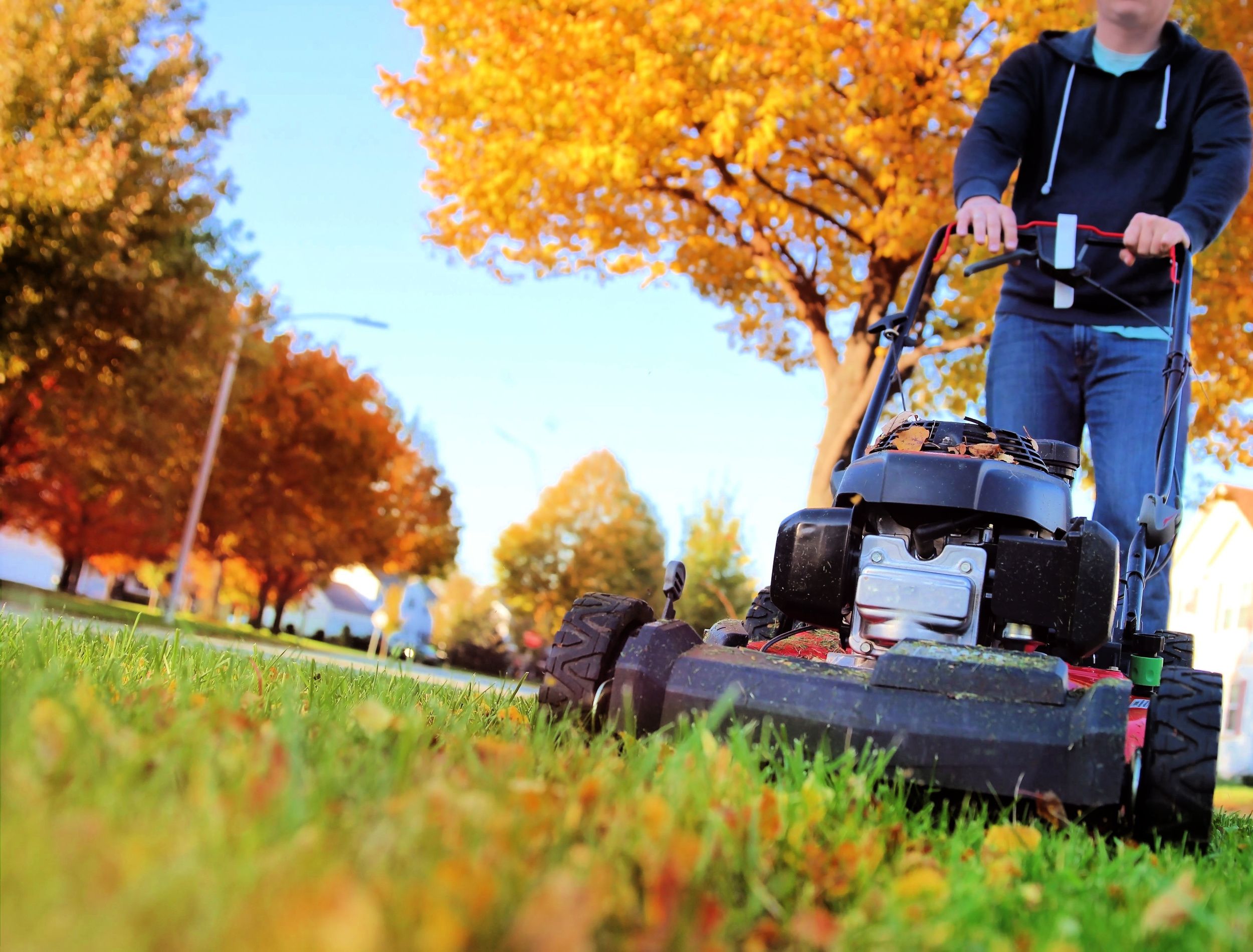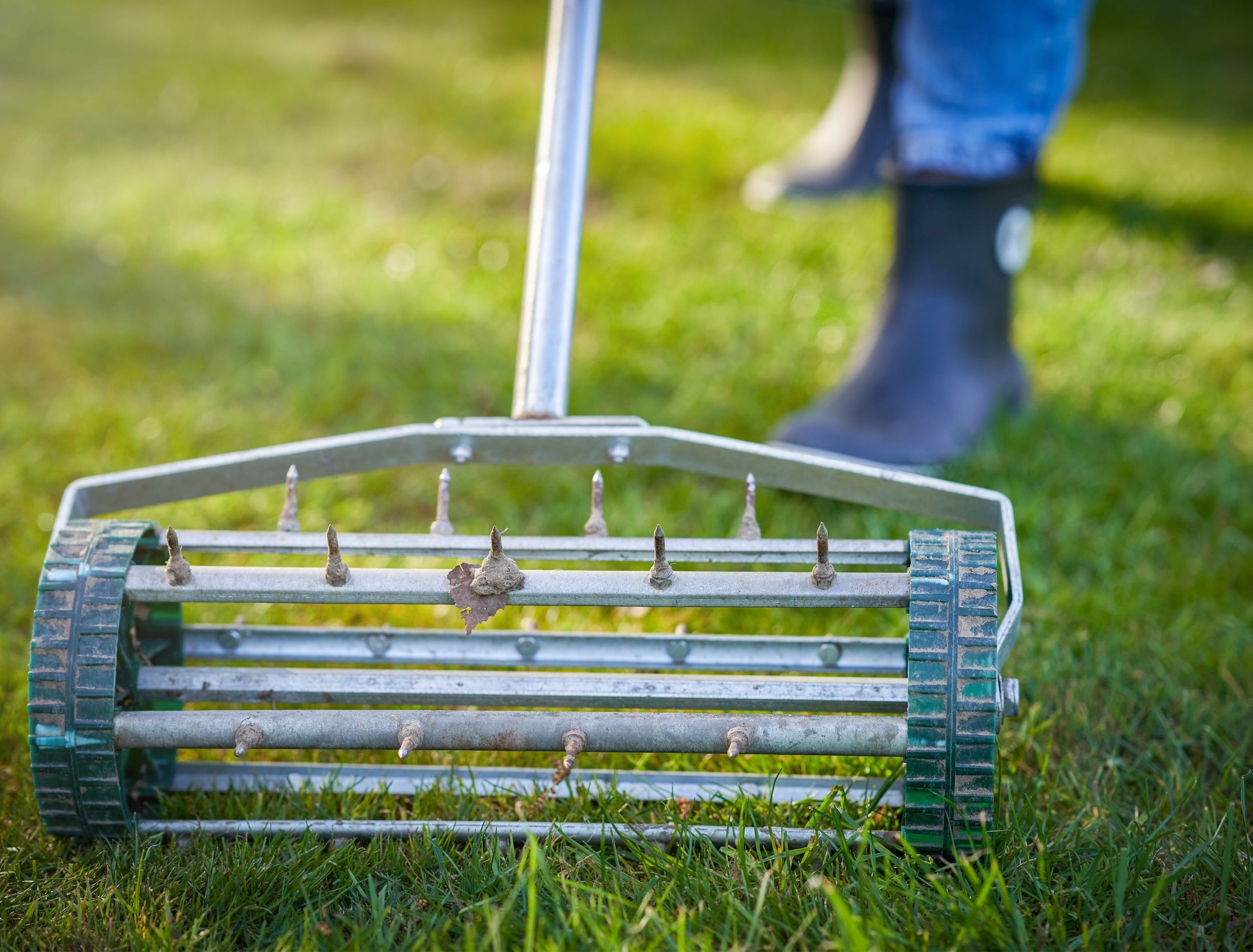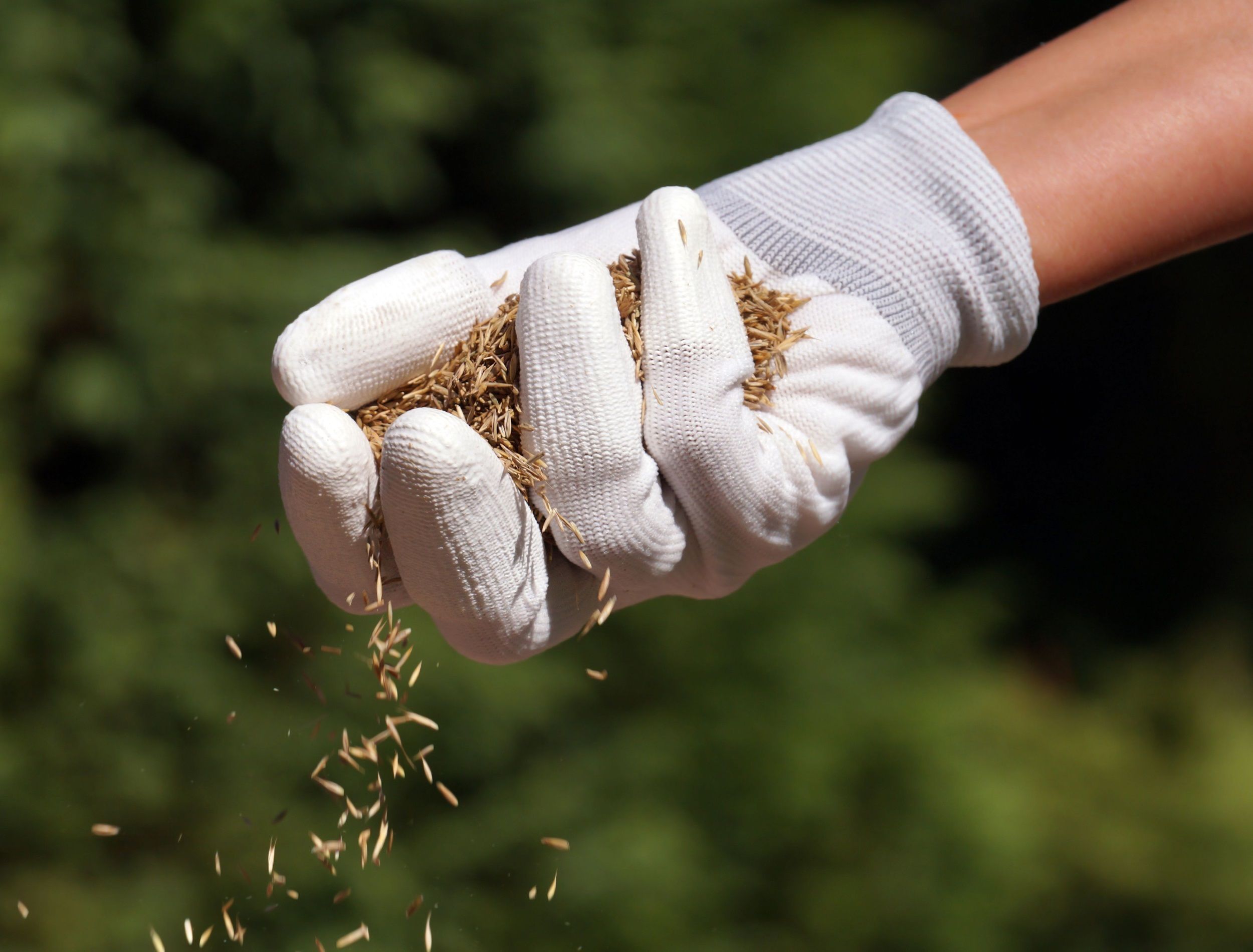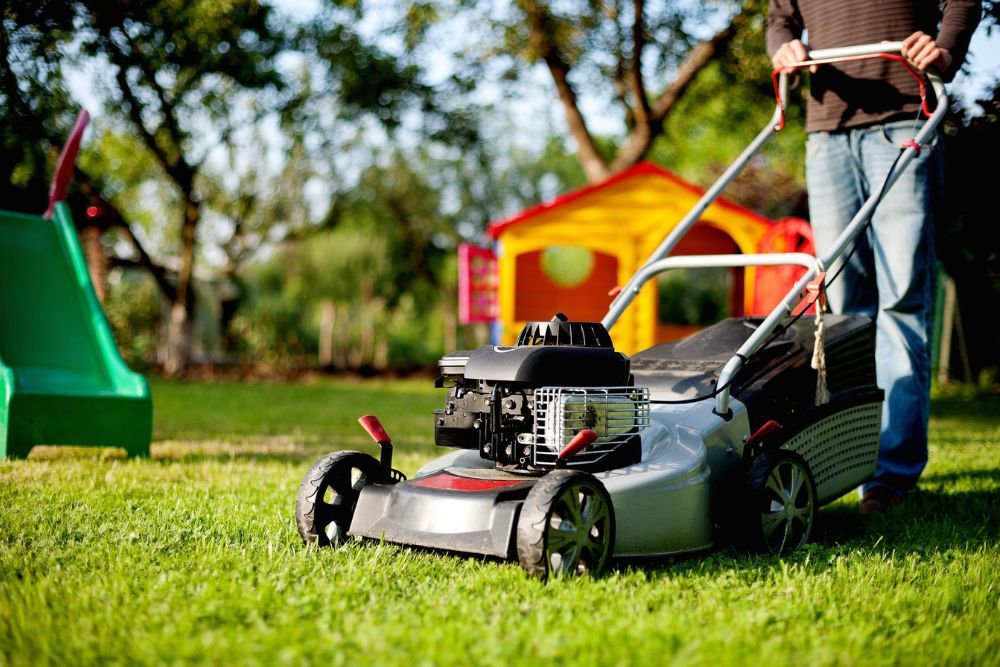A lush, green lawn is the jewel in the crown of every homeowner. However, even the healthiest lawns can become thin and patchy over time. If yours is not looking perfect, overseeding may be the solution you seek. It involves adding new grass seed to an existing lawn, which can help fill in thin areas and create a thicker lawn.
Following best practices is crucial to ensure success with overseeding. Explore the top tips for overseeding your lawn to achieve a vibrant lawn that all your neighbors will admire with delight!
Benefits of Overseeding
Image credits: Elena Elisseeva via Shutterstock
One of the primary benefits of overseeding is that it fills thin or bare areas, creating a thicker, more even lawn overall. It can improve the lawn's ability to resist weeds, pests, and disease. Additionally, overseeding can increase the lawn's ability to retain moisture, reducing the need for watering and helping conserve water.
Over time, overseeding also enhances the overall quality of the lawn, resulting in a healthier, more vibrant lawn that better withstands stressors such as foot traffic, extreme temperatures, and drought.
Tips for Overseeding Your Lawn
Choose the Right Time
Image credits: Will Paterson via Unsplash
The best time to overseed is in late summer or early fall as it prepares your lawn to survive the heat of the following year. However, if necessary, small areas can be overseeded in spring or summer.
Choosing the wrong time can lead to poor seed germination. It can result in patchy or uneven growth, and the new grass may not be able to survive during periods of extreme heat or cold. Therefore, pay attention to the weather conditions as you'll want to make sure overseeding is done at least 2 weeks before the first frost date.
Prepare the Site
Image credits: Yuliia Gornostaieva via Shutterstock
Preparing the site properly before overseeding ensures new grass seed has the best chance of success. It involves removing debris, rocks, or leaves from the lawn and loosening the soil to create a smooth surface for seeding. It also provides the even distribution of the seed and prevents clumping or patchiness. Neglecting it can result in poor seed germination, uneven growth, and an unhealthy, patchy lawn.
Lower the Blades and Mow Short
Image credits: Saklakova via Shutterstock
Before overseeding, lower the blades of your lawnmower to 2 inches and mow it, opening up sunlight to the ground. It also helps to remove any excess grass and debris you couldn't collect during site preparation.
Additionally, mowing at a low height promotes healthy growth of the existing grass, which can provide a good foundation for the new seed to grow. However, do not mow too short, as this can damage the existing grass and make it more difficult for the new seed to establish.
Aerate Your Lawn
Image credits: Kamil Macniak via Shutterstock
Over time, soil can become compacted, preventing air, water, and nutrients from reaching the roots of the grass. Aerating involves perforating the soil with small holes to alleviate compaction and create space for air, water, and nutrients to penetrate the soil. This process can promote the healthy growth of existing and new grass seeds, improving the overall health of the soil.
Pick the Right Seeds
Image credits: shulzie via Canva
Different grasses have diverse requirements for sunlight, water, and nutrients. Therefore, you must select a seed suitable for your particular climate and growing conditions. Some common factors to consider when selecting seeds include the amount of shade or sun the area receives, the type of soil, and the climate. Picking the right seed can ensure new grass will thrive in your lawn and create a thick, healthy, and vibrant lawn.
Evenly Distribute the Seeds
Image credits: vladdon via Shutterstock
The key to having a healthy and lush lawn is ensuring that the seeds are distributed evenly. You can achieve it by using a spreader, following the recommended seeding rate, and making multiple passes over the lawn in different directions.
Start by filling it with the appropriate amount of seed for the size of your lawn. Adjust the settings according to the seed type and the recommended rate. Begin spreading the seed in one corner and walk in straight lines, overlapping each pass slightly to ensure even coverage.
Once you have covered the entire lawn, do it again to ensure uniform distribution. Pay close attention to areas that receive more traffic or where the soil is compacted, as these areas may require extra seed.
Take Care of the Lawn After Overseeding It
Image credits: Andreas160578 via Pixabay
Proper watering ensures that the seeds germinate and establish strong roots, while mowing helps to maintain the ideal height for healthy growth.
After overseeding, keep the soil consistently moist for the first few weeks until the new grass is established. Water lightly twice a day, preferably in the early morning and late afternoon, to prevent evaporation during the heat of the day.
Wait until the grass reaches around 2 inches before mowing for the first time. When mowing, use a sharp blade and only remove one-third of the height of the grass at a time to avoid shock and stress on the new seedlings. If you mow too short, it can damage the new grass, while if you let it grow too long, it can smother the new seedlings.
Sowing the Seeds of Greatness
Overseeding your lawn is a great way to rejuvenate and keep it lush throughout the year. However, proper planning and execution are necessary for successful overseeding. From preparing the soil to choosing the right grass seed and spreading it evenly, every step plays a role in the outcome of your efforts. By following these best tips for overseeding your lawn, you can achieve a healthy lawn that will be the envy of your neighborhood.
Do you know any other tips for overseeding the lawn? Share them in the comments!

